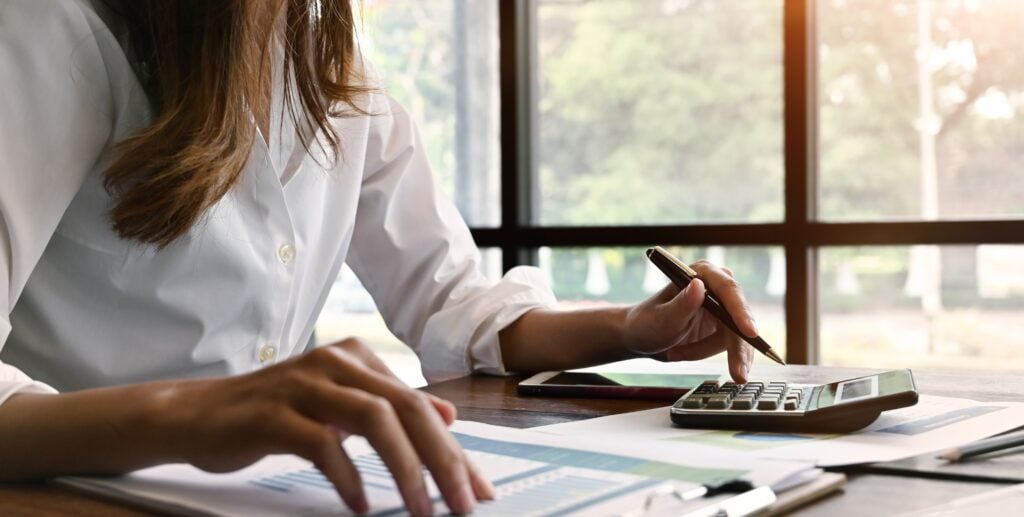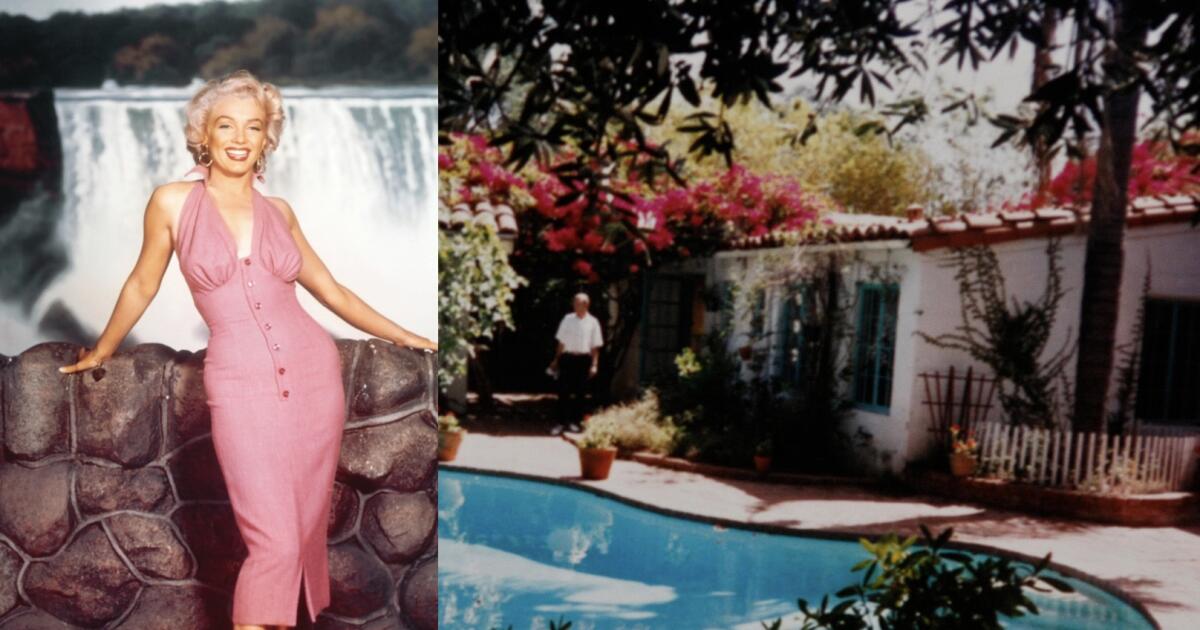Australians chasing the dream of their own backyard are facing a harsh reality: land is shrinking, prices are climbing, and the suburbs where buyers can still afford a block are vanishing fast.
Across Melbourne, Adelaide and southeast Queensland, the average lot size has fallen while the price tag rises, forcing families to compromise on space just to get a foothold in the market.
Exclusive Oliver Hume research shows that in Melbourne, the average block has shrunk from 400 square metres in 2020, which sold for a median $319,000, to 361 square metres today, now commanding a median price of $399,000.
Adelaide has experienced an even steeper squeeze, with the typical lot falling from 475 square metres at $175,000 to 375 square metres for $335,000.
RELATED
Revealed: Where you can still buy a quarter acre block near the CBD
Melb home blocks shrinking backyard dreams
SA’s disappearing lots – and where you can still find them
Southeast Queensland bucks the trend slightly, with lot sizes nudging up from 417 square metres to 420 square metres, but the median price has almost doubled, climbing from $242,500 to $442,900.
A 712sqm block at 36 Revelry St, Pallara in Queensland has been listed for sale, with price hopes of over $795,000.
Melbourne, meanwhile, remains the only mainland capital with a relatively healthy supply of vacant land, but the window of opportunity is narrowing.
Sales volumes jumped nearly 50 per cent in June, and developers are beginning to wind back incentives, signalling that prices could start rising again in early 2026.
While blocks under $1000 per square metre are still available in growth areas, those looking to get closer to the city face a stark choice: smaller lots, or higher prices.
For first-home buyers, suburbs like Truganina and Donnybrook offer blocks over 350 square metres for less than $400,000, but the closer to the CBD, the scarcer and pricier the options become.
MORE NEWS: $1m+ down in 3mo: Aussie suburbs take major hit
This 296sqm block at 95-97 Newman St, Kensington in Victoria has been listed for sale with price hopes of $865,000 – $950,000.
In southeast Queensland, affordability pressures are even more acute.
Land prices in Logan, Ipswich and Moreton Bay have surged 18 per cent over the past year to more than $1050 per square metre, and fewer than 50 conventional lots under $1000 per square metre remain.
Buyers who want to save money are increasingly looking to outer suburbs, prioritising transport links and local amenities over proximity to Brisbane’s CBD.
Suburbs like Morayfield, Greenbank and Redbank Plains offer some options, but stock is limited, and the pace of growth shows little sign of slowing.
Adelaide is the tightest market of all.
Land prices jumped 17 per cent in the past 12 months to reach $800 per square metre, and only a handful of conventional lots under that threshold remain.
Most are clustered in the Barossa, including Tanunda and Mt Barker, with a few options for headline prices under $400,000 in suburbs such as Andrews Farm.
MORE NEWS: Aussie caravan maker hits road with budget homes
A 620sqm block at 16 Shoreline Ave, Sellicks Beach, SA has been listed for sale with price hopes of $580,000.
The city’s dwindling supply is forcing buyers to consider smaller lots and outer-ring suburbs if they want to get into the market.
Oliver Hume chief economist Matt Bell said shrinking lots and rising prices were a direct result of limited land supply, coupled with local councils’ longstanding focus on preserving suburb character and heritage rather than prioritising housing.
“I’m an economist, I’m not an architect or a planner, but I’m definitely of the belief that in the past and still to this day, many local councils put way too much weight on those elements,” Mr Bell said.
“Character and heritage and all that sort of stuff, that’s nice to have if you can supply the amount of land and dwellings that you need. But if the choice is maintaining the existing character of a suburb or not housing people, I’d rather sacrifice some of the character and house people.”
MORE NEWS: Australia set for new real estate boom
Oliver Hume chief economist Matt Bell said shrinking lots and rising prices were fuelling housing demand.
He said high demand and population growth meant Australians were increasingly accepting smaller blocks, with builders adapting to deliver better homes on tighter footprints.
“Everyone wants the bigger lot and the bigger house, that goes without saying,” Mr Bell said. “But people will now sacrifice that because of affordability … get their first house on that 350 square metre block instead of 500 square metres, because they still have aspirations to upgrade.”
For now, pockets of opportunity remain for buyers willing to compromise on size or location, but the message is clear: vacant land is becoming scarcer, and the era of the spacious, affordable block is drawing to a close.



















 English (US) ·
English (US) ·